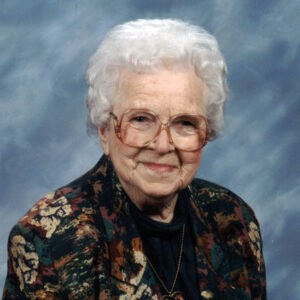 Opal Beck
Opal Beck
Race and Ethnicity: White
 Opal Beck
Opal Beck
Becker, Jerome Bill
 Beebe Campaign Brochure
Beebe Campaign Brochure
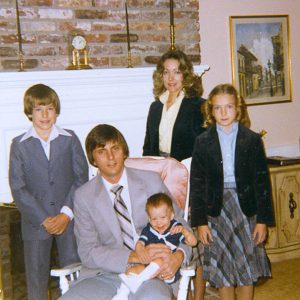 Beebe Family
Beebe Family
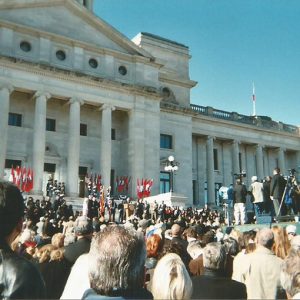 Beebe Inauguration
Beebe Inauguration
Beebe, Ginger Kay Croom
 Beebe, Huckabee, and Bradbury
Beebe, Huckabee, and Bradbury
Beebe, Mike
 Mike Beebe at Diamond Bear Brewery
Mike Beebe at Diamond Bear Brewery
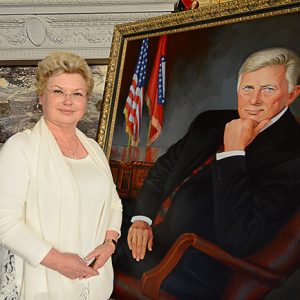 Mike Beebe Portrait
Mike Beebe Portrait
 Mike Beebe
Mike Beebe
 Mike Beebe at Kays House
Mike Beebe at Kays House
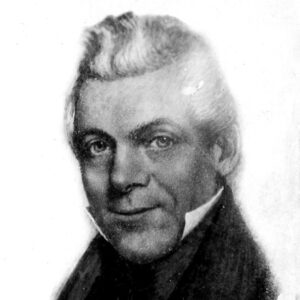 Roswell Beebe
Roswell Beebe
Beebe, Roswell
 Beef Promotion
Beef Promotion
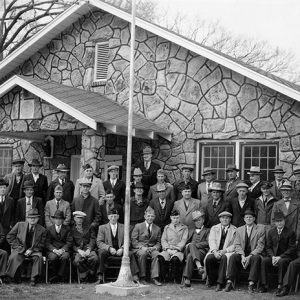 Beely-Johnson American Legion Members
Beely-Johnson American Legion Members
 Behind Enemy Lines
Behind Enemy Lines
 Clarence Bell and Frank Broyles
Clarence Bell and Frank Broyles
Bell, Clarence Elmo
 Earl Bell
Earl Bell
 Earl Bell
Earl Bell
Bell, Earl Holmes
Bellefonte, Scouts from
 Judah P. Benjamin
Judah P. Benjamin
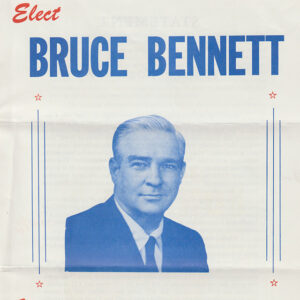 Bennett Campaign Flyer
Bennett Campaign Flyer
Bennett, Alvin Silas (Al)
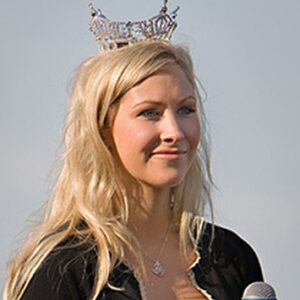 Amber Bennett
Amber Bennett
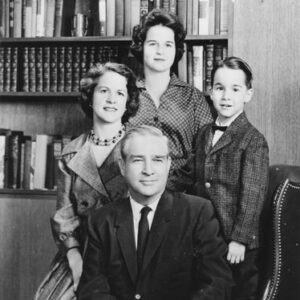 Bruce Bennett
Bruce Bennett
Bennett, Bruce
Bennett, Harold George
Bennett, Henry Garland
Bennett, John E.
Bennett’s Bayou and Tolbert’s Mill, Operations about
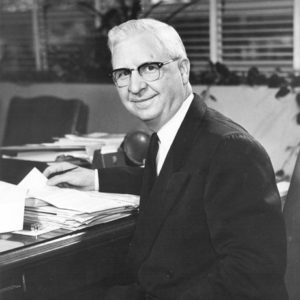 George Stuart Benson
George Stuart Benson
Benson, George Stuart
Benson, Jesse N. “Buddy”
Bentley, Edwin
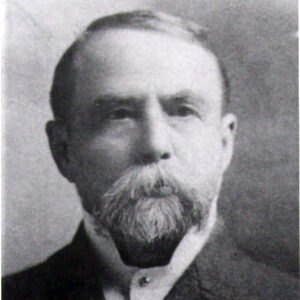 Edwin Bentley
Edwin Bentley
Benton Road, Skirmish on the (January 22, 1865)
 Thomas Hart Benton and Daughter
Thomas Hart Benton and Daughter
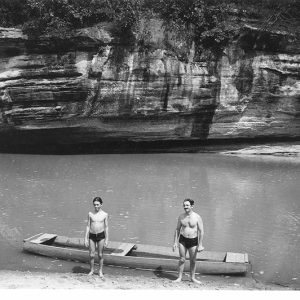 Thomas Hart Benton and Son
Thomas Hart Benton and Son
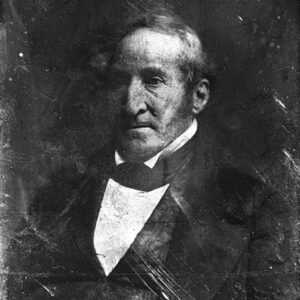 Thomas Hart Benton
Thomas Hart Benton
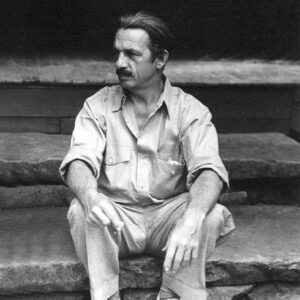 Thomas Hart Benton
Thomas Hart Benton
Benton, Thomas Hart
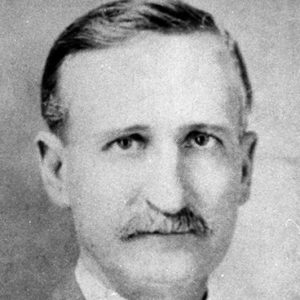 William Clark Benton
William Clark Benton
 Mike Berg
Mike Berg
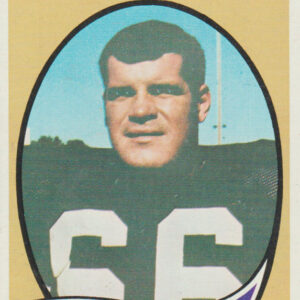 Bill Bergey
Bill Bergey
 Bill Bergey
Bill Bergey
Bergey, William Earl (Bill)
 Berry Campaigning
Berry Campaigning




